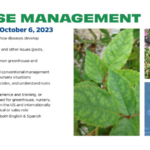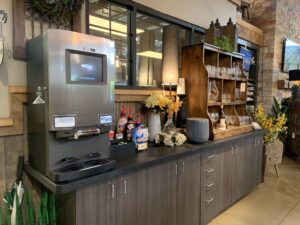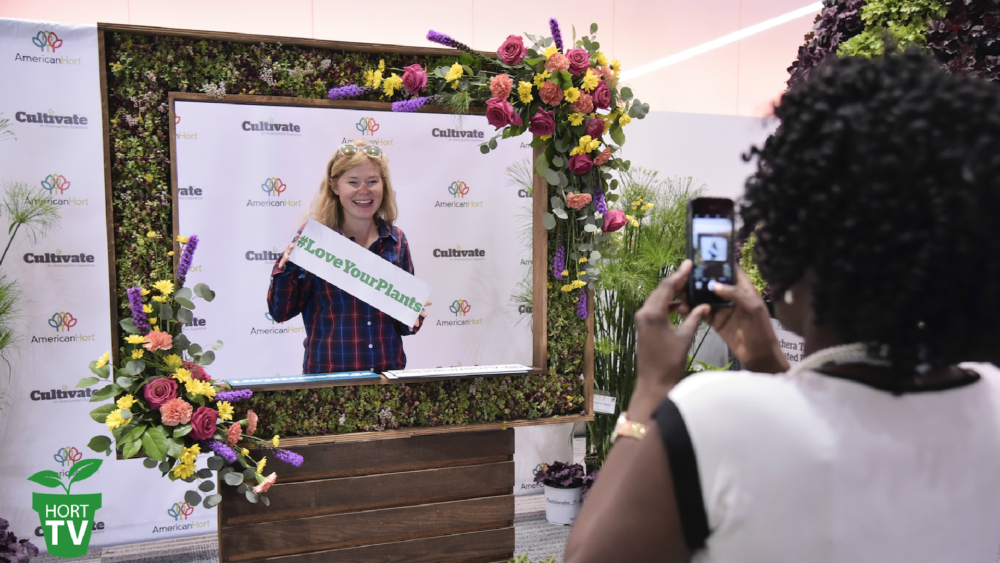
Consumer Spending Remains Positive Despite Slower GDP Growth
Gross domestic product isn’t likely to grow as much in the final months of 2022 as it did in the third quarter, but consumer spending should remain strong even though its rapid pace is continuing to slow, National Retail Federation Chief Economist Jack Kleinhenz said recently.
“The third quarter’s results clearly dispelled the notion that the U.S. economy is in a recession, and the silver lining was the ongoing resiliency in consumption,” Kleinhenz said. “Nonetheless, the economy is cooling and interest-sensitive sectors, in particular, have seen a significant pullback.
“GDP is expected to grow very gradually in the closing months of 2022, at best about half of what was recorded in the third quarter,” Kleinhenz said. “Consumers are stepping back to a degree and changing how they allocate their resources.”
Despite that, “Even though both may slow, employment will still be growing, and consumer spending should remain positive” heading into 2023, Kleinhenz said. “There will be economic hardships, and some may feel like they’re in a recession. But for those who have jobs and feel secure about their employment, spending will continue.”
Kleinhenz’s remarks came in the December issue of NRF’s Monthly Economic Review, which noted that GDP rose by 2.6% in the third quarter following declines of 1.6% in the first quarter and 6% in the second quarter.
Higher interest rates adopted by the Federal Reserve to slow inflation have driven up the cost of mortgages, making new homes unaffordable for many would-be buyers, the report said. And spending on services is continuing to bounce back from the pandemic, causing a shift away from spending on retail goods.
Even with inflation, however, “the willingness to spend has been stable,” the report said. Retail sales for the first 10 months of the year increased 7.5% year over year, on track to meet NRF’s forecasts that overall 2022 retail sales and November-December holiday sales will both grow between 6% and 8% over 2021. While the pace slowed to 6.5% in October, that was largely due to the comparison against strong early holiday shopping in 2021.
Year-over-year inflation as measured by the Consumer Price Index dropped from 8.2% in September to 7.7% in October, the lowest level since January. Average hourly earnings growth also slowed, to 4.7% year over year in October rather than 5% in September, reducing pressure on employers to raise prices. An additional 261,000 workers were added to payrolls in October, but that came after the number of job openings rose to 10.7 million in September from 10.3 million in August.


















 Videos
Videos





